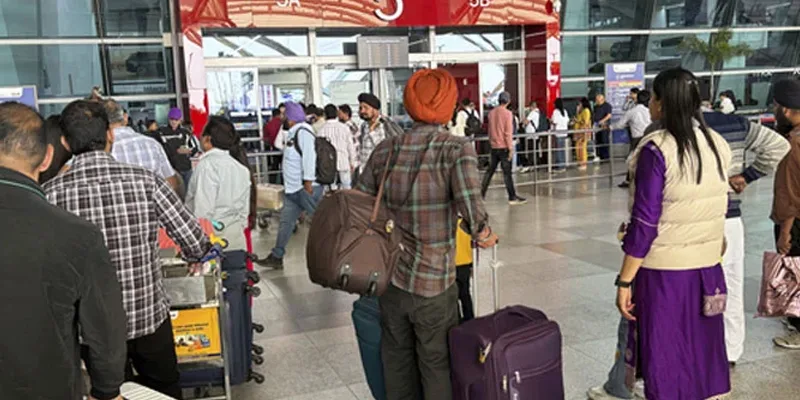
In 2025, many international job seekers consider traveling to the U.S. on a B-1/B-2 visitor visa while exploring job opportunities. This visa allows short-term visits for business or tourism but does not permit employment. The B-1 is for activities like business meetings and conferences, while the B-2 is for tourism and visiting family. Although these visas do not allow for working or receiving income from a U.S. employer, attending job interviews is generally allowed under the B-1 category, as long as it’s not the primary intent of your visit.
You may not work, receive payment, intern, freelance, or even work remotely for U.S. companies while in the U.S. on a B-1/B-2 visa. Doing so violates immigration rules and could lead to denial of future entries. However, if you do attend interviews and receive a job offer, there are legal ways to change your visa status.
One option is to apply for a change of status from within the U.S. If a U.S. employer agrees to sponsor you for a work visa like the H-1B, they can file a petition with USCIS. If approved with a change of status, you can begin working without leaving the country, though you won’t have a visa stamp for travel. The other route is consular processing. This means leaving the U.S., attending a visa interview at a U.S. embassy or consulate in your home country, and then returning with a stamped work visa.
Your intent when entering the U.S. matters. Customs officers evaluate this, and saying you’re here to look for work can raise concerns. If you mention interviews or networking as part of a broader business trip, that’s more acceptable, but it’s important to be truthful while avoiding unnecessary detail. Applying for a change of status within 30 days of arrival may appear suspicious. Waiting at least 60 days tends to reduce concerns about misrepresentation, but there’s no guaranteed safe window.
You can apply to change your status if your B-1/B-2 stay is still valid and a U.S. employer is willing to sponsor you. However, this is not risk-free. USCIS may question your original intentions or deny your application if it believes your trip was misrepresented. You cannot begin working until the new visa status is officially approved.
In summary, while it’s legal to attend interviews on a B-1/B-2 visa, you must not engage in employment or receive any compensation from a U.S. source. Changing your visa status to a work visa is possible if done correctly and lawfully. Patience, honesty, and following immigration guidelines are key to navigating this process successfully.




















